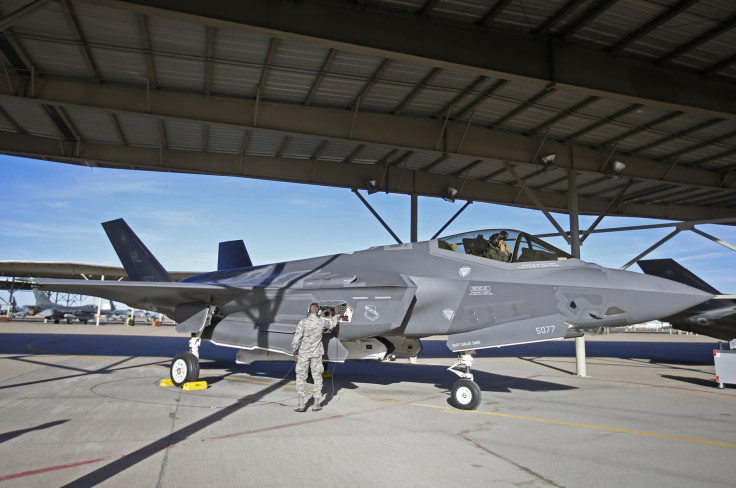Lockheed Martin Wins $26.3 Million Contract To Develop Airborne High-Energy Laser Weapon

The Air Force Research Laboratory (AFRL) awarded Lockheed Martin a contract to develop and produce high-energy fiber laser weapons for tactical fighter aircraft worth $26.3 million.
The contract is a part of the Self-protect High Energy Laser Demonstrator (SHiELD) program by AFRL and is an important step towards the maturation of protective airborne laser systems. AFRL is all set to test the laser on a tactical fighter jet by 2021.
Aerospace and defense company Lockheed Martin has been developing laser weapon systems for more than 40 years and is one of the largest organizations that develop aircrafts for the United States defense programs. They also developed the F-35 Lightning II Joint Strike Fighter and the F-22 Raptor Fighter Jet.
The new project is known as Laser Advancements for Next-generation Compact Environments (LANCE) and aims to be a high energy laser that can be trained on enemy tragets to disable them. The LANCE technology is influenced by the past developments, including the ATHENA system, the ALADIN laser and programs like the U.S. Army’s Robust Electric Laser Initiative (RELI).
Dr. Rob Afzal, senior fellow of laser weapon systems at Lockheed Martin said, “Lockheed Martin continues to rapidly advance laser weapon systems and the technologies that make them possible. We have demonstrated our ability to use directed energy to counter threats from the ground, and look forward to future tests from the air as part of the SHiELD system,” according to a news release on Lockheedmartin.com.
“Earlier this year, we delivered a 60 kW-class laser to be installed on a U.S. Army ground vehicle. It’s a completely new and different challenge to get a laser system into a smaller, airborne test platform. It’s exciting to see this technology mature enough to embed in an aircraft,” Afzal added. “The development of high power laser systems like SHiELD shows that the laser weapon system technologies are becoming real. The technologies are ready to be produced, tested and deployed on aircraft, ground vehicles, and ships.”
Daniel Goure, a defense analyst and senior vice president of the Lexington Institute, a nonprofit public policy research organization based in Arlington, Virginia said, “There are a couple of advantages of laser weapons, assuming that all the technology works properly. You get a low cost per shot — much cheaper than a missile in almost every case," the CNBC reported.
Goure added, “One of the things we find in a lot of our systems — land, sea and air — is that we run out of shots particularly on the defense. You just run out of bullets or missiles. But if you have laser, it avoids having to reload.”
Ian Williams, director of the missile defense project at the Center for Strategic and International Studies, told the CNBC even Iranian air defenses are viewed as a potential challenge for non-stealth American warplanes.
Williams said, “We have to have stealthy platforms that can penetrate those systems, but if you are looking at something larger like a B-52 or transport aircraft bringing in troops, they would need extra protection beyond the traditional kind of counter measures.”
© Copyright IBTimes 2024. All rights reserved.





















